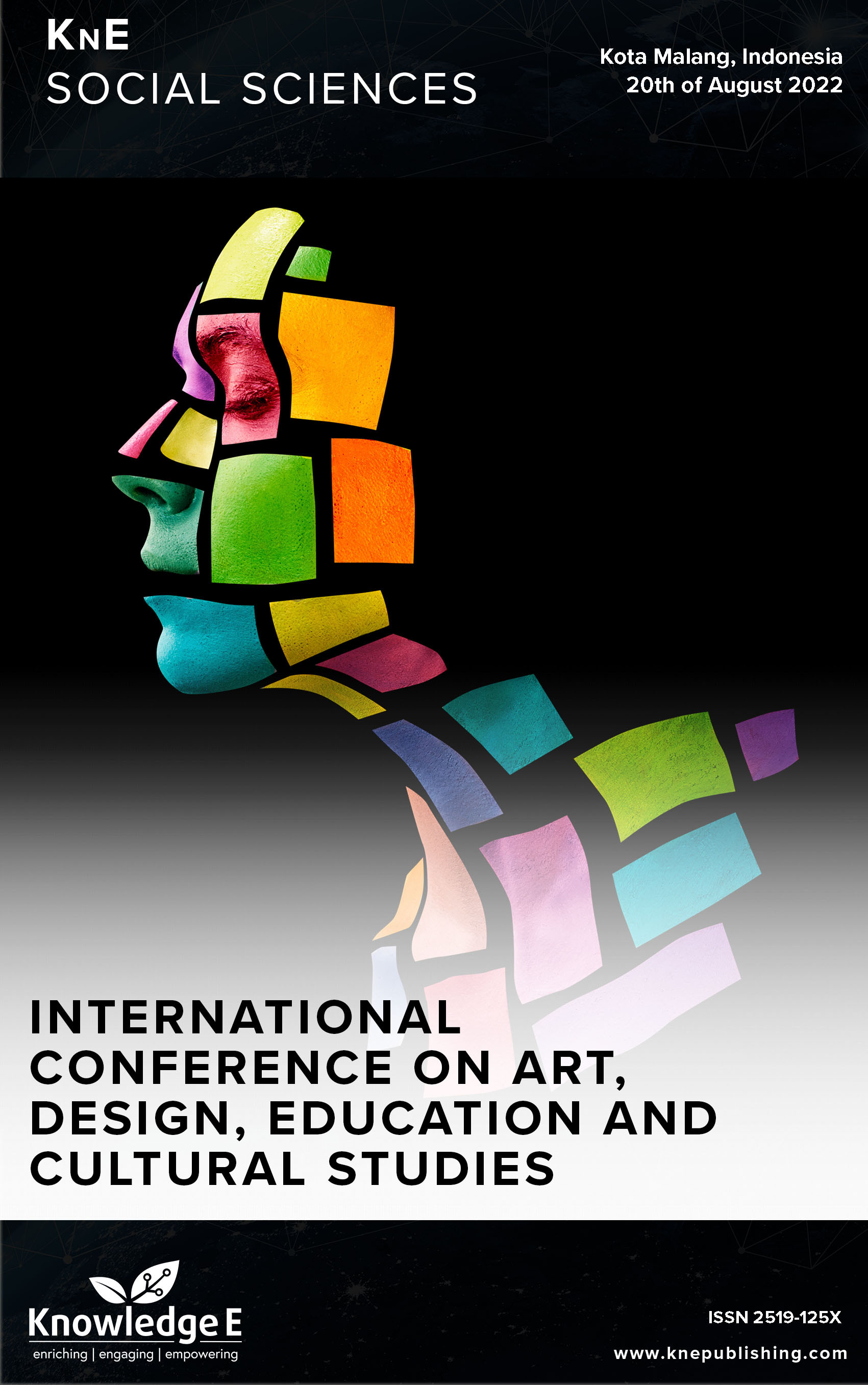Using Agrotourism Web Design as an Effort to Increase Brand Awareness of Tourist Sites
DOI:
https://doi.org/10.18502/kss.v8i15.13927Abstract
Dillem Wilis Agrotourism is a tourist location that is currently the focus of the development of cooperation between the State University of Malang and the Government of Trenggalek Regency. This destination focuses on using regional development to convert the region into a tourism development pilot area. Publication is a major problem that does not have a solution to the problem yet. The publication strategy is to increase public awareness through various methods, such as visual identity design. One form of branding implementation carried out by web design includes features, destination locations, and cafe marketing management in Dillem Wilis. The steps that need to be done in web design are: (1) designing the interface design for the Dilem Wilis agrotourism website, (2) designing a ready-to-access published website program, (3) integrating social media with the designed website. To create the right brand awareness, it is very much determined by a consistent visual identity. The visual identity will describe non-physical attributes such as vision and mission, tourism value, and tourism culture. This study aims to: (1) produce a website design for Dilem Wilis Agrotourism, (2) a ready-to-access website that accommodates various features and strategies for publication of tourist destinations, (3) generate brand awareness through the implementation of web design results into social media projects or promotions of Agrotourism Dilem Wilis Trenggalek.
Keywords: web design tourism, Dillem Wilis web design, visual identity
References
[2] Karsonadi J. Collaborative Governance dalam Pengembangan Agrowisata (Studi pada Agrowisata Dillem Wilis Desa Dompyong Kecamatan Bendungan Kabupaten Trenggalek). Sarjana, Universitas Brawijaya [online]. 2019 [cited 2022 Mar 2]. Available from: http://repository.ub.ac.id/177779/
[3] Källström L, Siljeklint P. ‘My green heart’: an inclusive place branding process facilitated by Design Thinking. Place Branding Public Dipl. 2021 Sep;17(3):278–91.
[4] Eans M. Rebranding faith for the 21st century: How branding through design thinking will sustain the relevance of the church. Savannah College of Art and Design [online]. 2014 [cited 2022 Mar 3]. Available from: http://oatd.org/oatd/record?record=oai% 5C%3Ahttp%5C%3A%5C%2F%5C%2Fecollections.scad.edu%5C%3Ad1002470
[5] Cankurtaran P, Beverland MB. Using design thinking to respond to crises: B2B lessons from the 2020 COVID-19 pandemic. Ind Mark Manage. 2020 Jul;88:255–60.
[6] Prasetyo AR, Rahmawati N, Ulfa S, Widodo T, Qomar M, Wulansari AE. The Development of a Virtual Module Based on the Infographic Dynamics of Art Materials. Knowledge E Social Science. 2021;( Jun):178–85.

